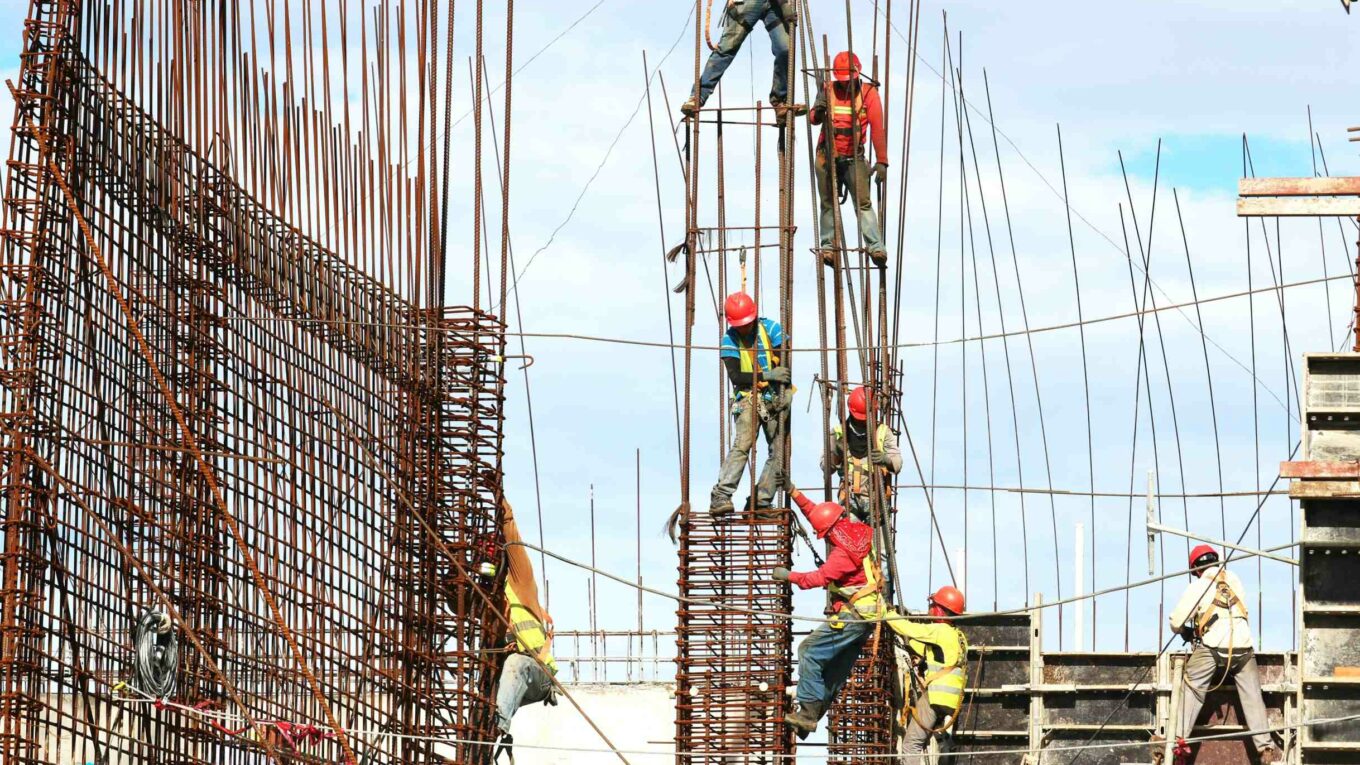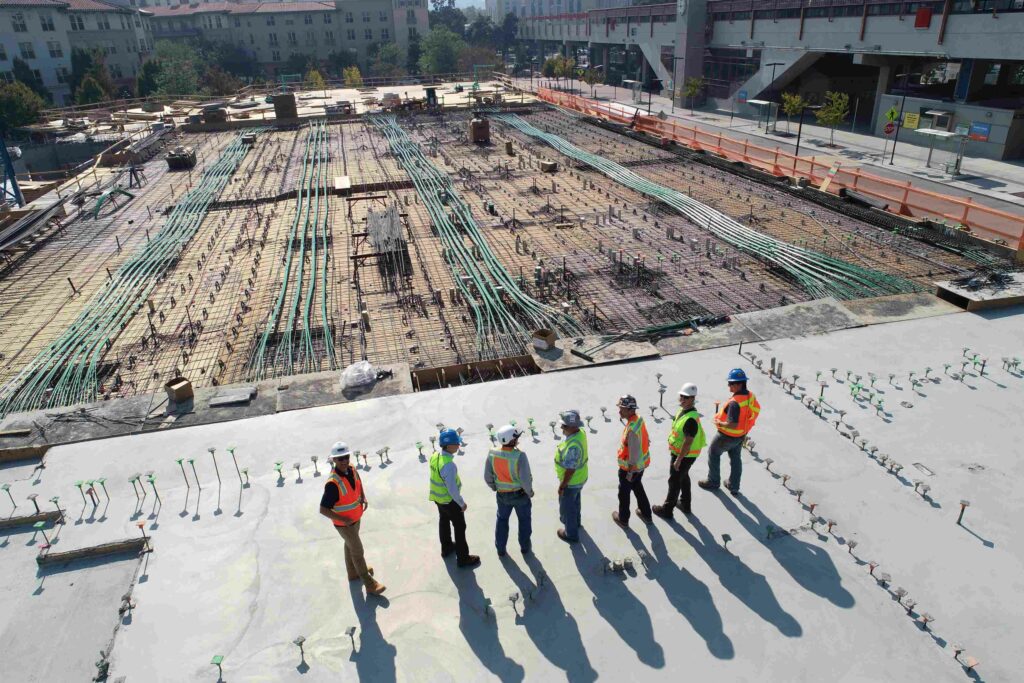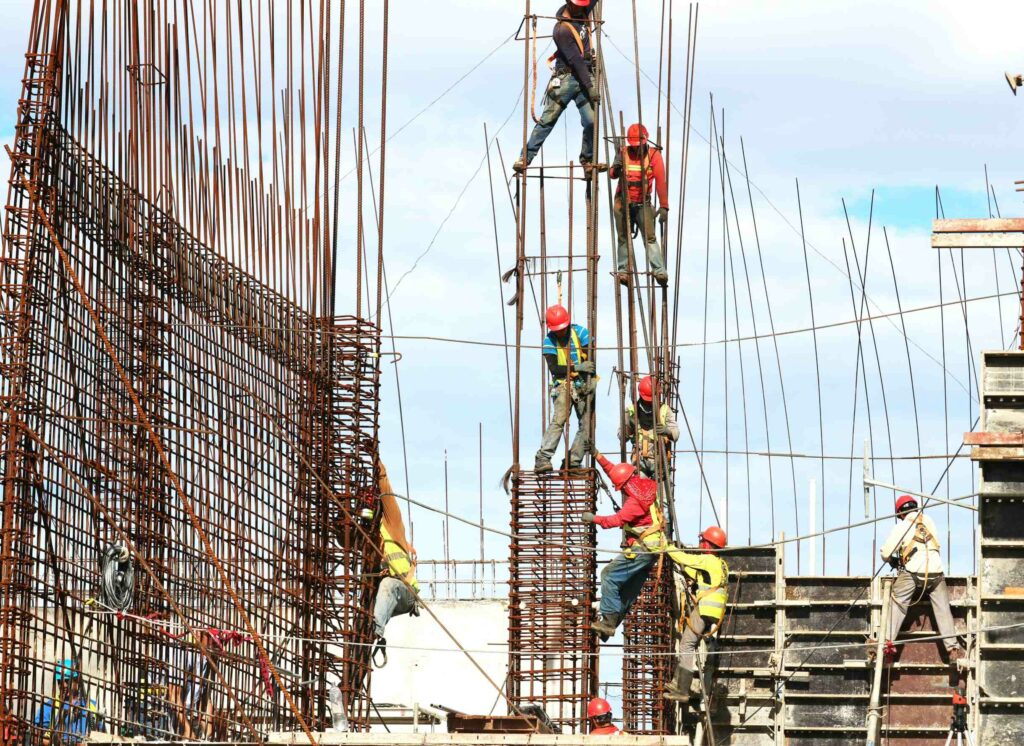5 Examples of Health and Safety Training Required in The Work Setting
Rarely do we think about safety around our workplace until accidents happen to remind us of the grim reality. Each safety procedure has its grim and often tragic past and the reason behind it. When they happen, it’s important to make sure they never happen again and help the injured person get back up and recover as fast as possible. Even though companies invest substantial considerable financial assets in this sector, the human factor is the driving reason behind their occurrences. One simple refresh and fast course can surely help us all out.
1. First off is first aid
When accidents happen, nearby workers must do all they can to mitigate any damage or loss that occurred. Administering proper first aid to the injured person ensures that everyone gets out safe and alive. While many may scoff at this, first aid buys valuable time until trained professionals arrive at the scene. Every second counts when you want to save a life.
2. Fire safety
Workplace fire hazards always start small and can be deceptive. When we take a look at a single match or a small candle like flame, we rarely think that it can devour an entire factory. That is exactly how fires start. Proper training in using fire equipment is the first step. but fire prevention is even more important. Regular inspections of your fire hoses, fire extinguishers, electric hot spots and others help prevent a blazing scenario.
3. Hazardous material training
Hazardous material doesn’t produce immediate effects like fire or injuries, so deception and subterfuge are on their side. Once their effects accumulate, it’s already too late, and a worker can be disabled in a second. From invisible, odorless fumes to extremely hazardous substances and materials, proper and professional work safety training ensures that workers get in and out of work safely, every day.
Working with such materials often requires specialised and quality equipment. One that also needs regular training to properly use. Since a company has gone a long way to secure such assets it makes sense to utilise them to their maximum. Even disposing of hazardous materials is a complicated and vital part of this training. After all, you don’t want such items near living people.
4. Tool training
Any tool is only as good as the hand that wields it. You can have the best equipment in the world, and it would be meaningless if your workers don’t know how to use it. Or even worse, they use it the wrong way. The more specialised and demanding any field gets, the more training workers need to have. Improper usage of any tool can lead to serious damage, and the worker can get injured. Doubling the expense is adding insult to injury.
Salting the wound is additional expenses in accident at work claims. These three items, tools, trained courses and experienced workers, have to be in harmony for the workflow to occur without interruption. Productivity and company results will follow when you build them on solid and safe foundations.
5. Risk assessment
Risk assessments applies to your workers and your work environment. Workers can be trained to know what is dangerous and to “sense” where to spot danger. Then they can get out of harm’s way which is vital for preventing injuries. Or do any action to prevent such a situation.
Risk assessing your work environment means taking a critical and open-minded approach to your company. What is or is not safe is best delegated to trained and experienced risk assessment professionals. Their advice is not there to knock money out of your pocket but to prevent future losses. Both in human and machine inventory.
Starting any change seems daunting at first. You are faced with many obstacles with a steep learning curve. The best step to make in this situation is the first one and start making changes. Improving security for your employees leads to their greater satisfaction, less retention and overall lower costs. Building trust and safety takes time. Always remember that it can come crumbling down in an instant. Staying ever vigilant and taking work security seriously, leads to a profitable endeavour. One which we wish you the best of luck with.



3 thoughts on “5 Examples of Health and Safety Training Required in The Work Setting”